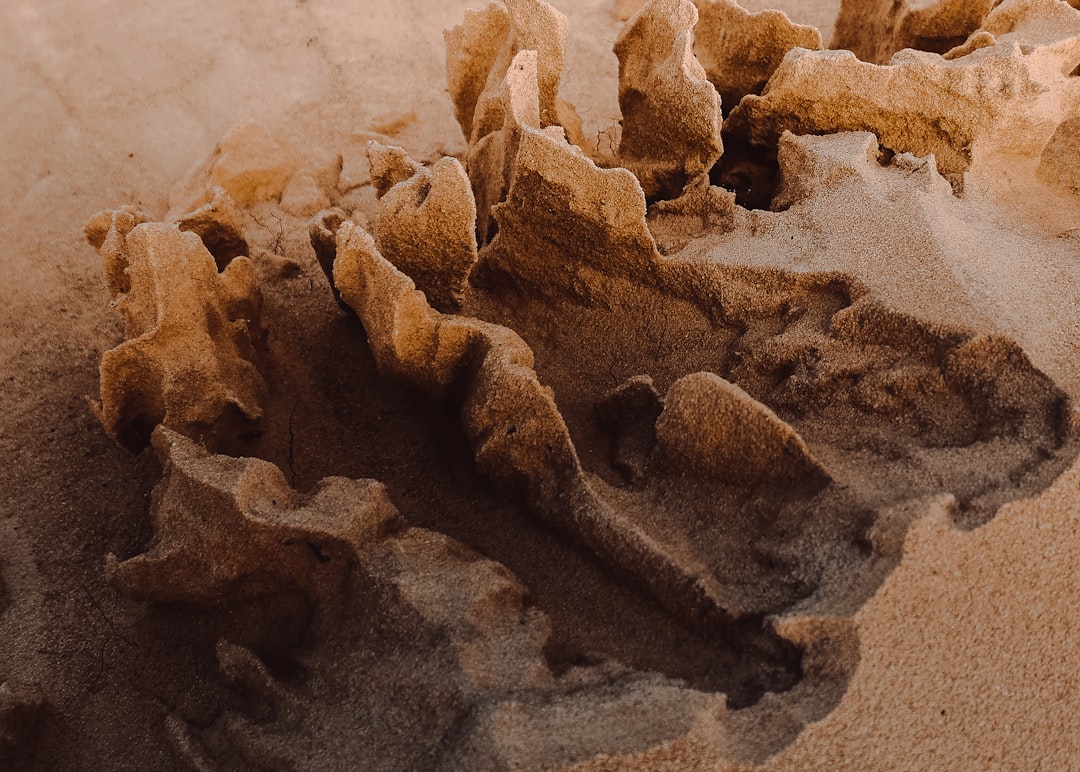What is it about?
In the present study Fourier transform infrared spectroscopy in the reflectance mode (FTIR-reflectance) - was performed on well preserved archaeological amber, originating from three Romanian archaeological sites of Roman and Byzantine cultures, which did not allow sampling material. Resulting spectra were subjected to multivariate data analysis (MDA) using Principal Components Analysis (PCA). In the light of the FTIR-reflectance bands of archaeological samples from the region 1275 to 1155 cm -1 and 900-600 cm -1 we could conclude that the samples from first two locations, Roşia Montanâ and Nufâru, are made from amber of Baltic origin. In the case of the third location, Isaccea, we take into account the possibility of a mixture of raw materials, both Baltic and Romanian amber. These assertions are supported by statistical analysis and the historical context. Besides the FTIR spectra comparison or other analytical data, it is very important to correlate any information about the material (colour, conservation status, historical context, connections with other artefacts) and the statistical analysis in order to favour safe conclusions.
Featured Image
Why is it important?
Three important archaeological sites from Romania (Rosia Montana, Isaccea and Nufaru) are considered for the analysis of amber artifacts. The Baltic and Romanian origin of amber was discussed.
Read the Original
This page is a summary of: FTIR and statistical studies on amber artefacts from three Romanian archaeological sites, Journal of Archaeological Science, December 2012, Elsevier,
DOI: 10.1016/j.jas.2012.05.031.
You can read the full text:
Contributors
The following have contributed to this page










